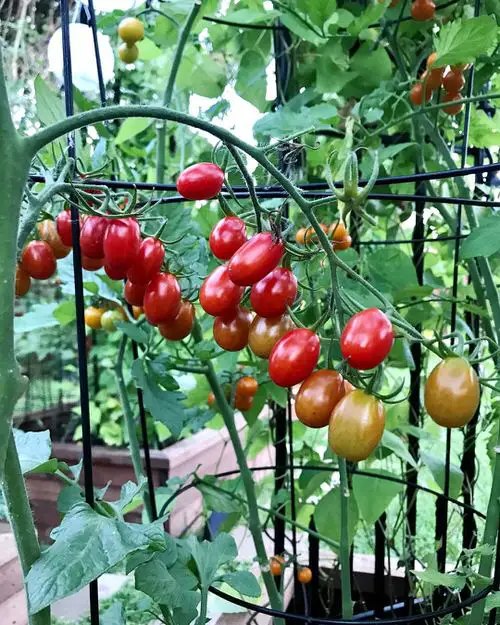Fish Head Benefits for Plants are many if you know how to use it right. To make it easy, we have a detailed guide with all its uses!

Fish heads go to waste in most homes. However, you should think twice before tossing it into a waste bin next time, as there are many Fish Head Benefits for Plants. Surprised? Read on to know more!
Check out our article on rice water benefits for plants here
How Fish Head is Useful for Plants?
According to the report published by the Master Program of Environmental Science, Indonesia, fish head consists of Nitrogen 8.3%, Phosphorous 4.8%, and Potassium 1.6%, which greatly helps in the growth of plants.
As the fish head is completely natural, it is easily digested by bacteria, earthworms, and fungi. This microbial activity around the plant’s roots greatly benefits the growth, flower, and fruit production in various plants.
Fish Head Benefits for Plants
1. Grow Bigger Tomatoes

If you want to grow juicier and bigger tomatoes, then adding a fish head to the pot will do the trick. Tomatoes love calcium and phosphorous, and fish heads provide the necessary dose of it.
Put a fish head in the planting hole of the tomato plant. It will slowly decay, releasing nitrogen, potassium, and many essential trace elements that are beneficial for growth.
Put these 8 things in a tomato planting hole for the best harvest
2. Colorful and Prettier Roses

One of the best organic ways to make your roses bloom better and bigger is to add a fish head in the soil at the time of planting. Being high in nitrogen, the head will also provide traces of Calcium, Magnesium, Sulphur, Chlorine, and Sodium to the plant, ensuring a lush growth.
3. Sweeter Corn

When fish head decomposes, it breaks down into nutrients and releases nitrogen, calcium, phosphorous, minerals, and vitamins that corns need to grow better and sweeter.
One fish head for every 12-15 inches of the area where you plant corn is recommended for a juicy harvest!
4. Helps in Fruiting

Fruiting plants are heavy feeders and need a regular dose of phosphorous, calcium, nitrogen, and vitamins to grow a healthy harvest. Plants such as pumpkin, citrus, and beans highly benefit from fish head fertilizer.
Bury a fish head in the pot or a garden at the time of planting. The microorganisms will do their work and break the nutrients in a simpler form to help the plants make the best of the fish scrap!
How to Use Fish Head in the Garden?

- Wash the fish head and bones thoroughly with water and let them dry in the sun. Once it becomes hard, grind up in a manual grinder. Avoid using a kitchen grinder as cleaning it would add to your mess.
- You can also directly bury the entire head without drying or grinding it out.
- Make a calcium-rich fertilizer by mixing a fish head and some bones into your bucket of the compost pile.
- While using a fish head, do make sure that you are going with the ‘one head per plant’ rule. For the garden, use one fish her per 15-18 inches of the area. Do not overuse it as it may result in stunted growth.
- Do make sure that you are burying the fish head deep enough or your cat will dig it out, harming the plants in the process.


